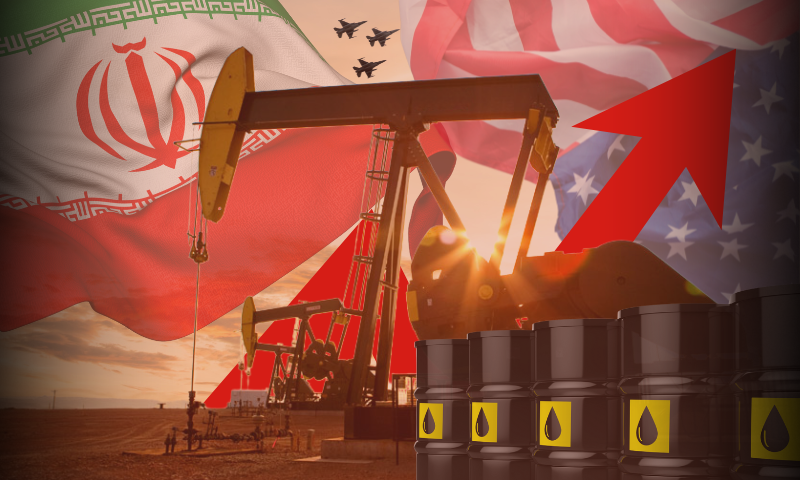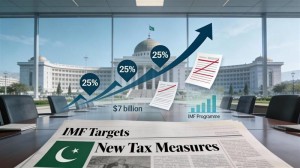The world watches with bated breath as escalating tensions between the US and Iran threaten to reshape the global economic landscape. Following recent US strikes on Iranian nuclear facilities, a palpable sense of unease has gripped financial markets, raising alarms about potential surges in oil prices and widespread investor jitters.
Industry experts anticipate an immediate and notable increase in oil prices as major markets reopen. Mark Spindel, Chief Investment Officer at Potomac River Capital, highlighted the initial alarm markets are likely to experience, stating, “I think the markets are going to be initially alarmed, and I think oil will open higher.” The lack of a comprehensive damage assessment further fuels this uncertainty, with Spindel adding, “I think the uncertainty is going to blanket the markets, as now Americans everywhere are going to be exposed. It’s going to raise uncertainty and volatility, particularly in oil.”
The ripple effect extends beyond energy markets. Investors are preparing for a potential stock market selloff and a flight to safety, with the US dollar and other traditional safe-haven assets expected to see increased demand. Interestingly, initial reactions in Gulf stock markets, which trade on Sundays, suggested a more tempered response, with major indexes in Qatar, Saudi Arabia, and Kuwait remaining relatively stable. Israel’s Tel Aviv main index even reached an all-time high. However, the cryptocurrency market offered a contrasting view, with Ether, a key indicator of retail investor sentiment, experiencing an 8.5 percent drop on Sunday, accumulating a 13 percent loss since the initial Israeli strikes on June 13.
A significant concern for global markets revolves around the potential for dramatic oil price increases to fuel inflation. Such a scenario could dampen consumer confidence and reduce the likelihood of near-term interest rate cuts, impacting economic recovery efforts worldwide. Saul Kavonic, a senior energy analyst at MST Marquee, warned of the possibility of $100 oil if Iran retaliates by targeting American interests or disrupting shipping through the vital Strait of Hormuz. This narrow waterway, situated between Oman and Iran, serves as the primary export route for a substantial portion of the world’s oil, including shipments from Saudi Arabia, the United Arab Emirates, Iraq, and Kuwait.
While Brent crude futures have already climbed by as much as 18 percent since June 10, reaching a near five-month high of $79.04, the broader S&P 500 index has shown remarkable resilience, largely remaining unchanged after an initial dip following the Israeli strikes. The coming days will be critical in determining the full extent of market reactions, as the world awaits Iran’s next moves and assesses the lasting implications of this escalating geopolitical situation.






